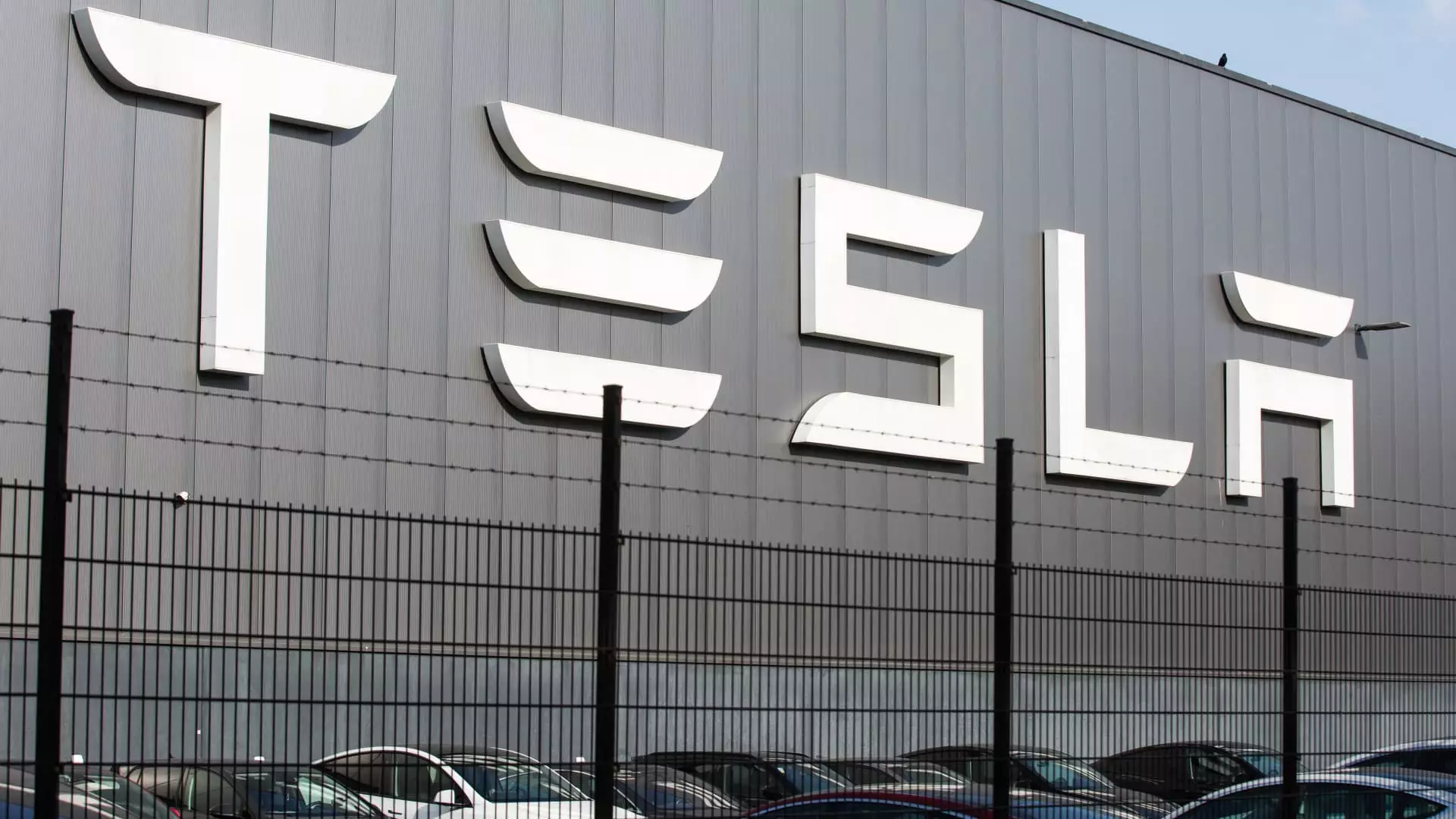Elon Musk’s bold announcement of Tesla’s “first fully autonomous” Model Y delivery in Austin sounds like a milestone on the path to the future. However, when peeling back the layers behind Tesla’s flashy video and Musk’s exuberant proclamations, the reality is far murkier. The company’s public relations effort glosses over significant safety, regulatory, and technological gaps. While Tesla strives relentlessly to push boundaries, their latest stunt is more a marketing spectacle than a genuine revolution in autonomous driving.
The clip shows a Model Y navigating public roads without a human driver, which Musk claimed was entirely driverless—no occupants and no remote control. On its face, this appears groundbreaking. Yet, Tesla offered little transparency about what hardware or software levels powered this delivery. We know that their “Full Self-Driving” (FSD) system legally requires drivers to keep hands on the wheel and remain vigilant—conditions blatantly ignored in the video. This contradiction signals that the vehicle was probably leveraging an experimental, not customer-ready, tech stack. The narrative Tesla sells—of complete autonomy—is premature and potentially misleading.
Regulatory and Safety Concerns: The Elephant in the Room
Beyond marketing theatrics lies a regulatory landscape still unimpressed by Tesla’s self-driving claims. The National Highway Traffic Safety Administration (NHTSA) is investigating Tesla’s FSD systems for safety defects, an investigation prompted by documented traffic infractions from Tesla vehicles operating in autopilot mode. Musk’s brag about “no people in the car” raises red flags for regulators and skeptics alike. Delivering an unsupervised vehicle on public roads inches closer to recklessness rather than innovation.
Moreover, Musk’s claim of this being “the first fully autonomous drive on a public highway” is simply inaccurate. Waymo, Alphabet’s autonomous driving arm, has been ferrying passengers in fully driverless vehicles on highways for years now, with operations in cities like Phoenix, Los Angeles, and San Francisco. By overstating Tesla’s achievements while dismissing competitors’ progress, Musk muddies public discourse around autonomous driving’s actual state.
Selective Transparency and the Embrace of Hype
Tesla’s strategy here is evident: lean into bold claims and controlled disclosures to keep investor and customer excitement high. The car was delivered to what Tesla called “a random” Model Y customer in Austin—though such “randomness” is suspect in a company notorious for staging PR events. Additionally, Tesla unveiled a robotaxi pilot program with Model Ys fitted with undisclosed technology, accessible only to a curated group of influencers and analysts who typically produce fan-friendly content.
Such an approach raises questions about Tesla’s broader commitment to transparency. How can consumers or regulators fairly evaluate safety and performance if Tesla is dribbling out information selectively? Unlike rivals with incrementally cautious, fact-driven rollouts, Tesla’s penchant for grandstanding risks alienating the very public it wishes to captivate.
The Unfulfilled Promises and Investor Enthusiasm
This current spectacle also revives memories of Elon Musk’s grandiose promises dating back to 2016. He envisioned a fleet of a million Tesla robotaxis by 2020, enabled by a simple software update that would upgrade existing vehicles to full autonomy. Those promises never materialized, but they nevertheless fueled enormous investor confidence that bolstered Tesla’s valuation and Musk’s personal stature.
Now, nearing mid-2025, the landscape is markedly different. Tesla’s delivery volumes have slowed in key markets, especially in Europe, while new competitors from China and elsewhere are rapidly gaining ground. The promised “shared fleet” that would earn Tesla owners passive income remains elusive. Rather than management humility about these setbacks, Musk doubles down on spectacle, hoping hype can fill gaps that genuine technological and regulatory breakthroughs have yet to close.
The Price of Controversy: Political Rhetoric Meets Consumer Backlash
Tesla’s leadership woes go beyond technology. Musk’s frequent provocative and divisive political statements—ranging from endorsement of extremist European parties to his involvement with previous U.S. administrations—have stirred public and consumer sentiment. Such maneuvers have tangible repercussions. Tesla’s sales have declined year-over-year in critical markets, reflecting that controversy can bite into brand loyalty, especially in a crowded EV environment where buyers can choose less polarizing alternatives.
The CEO’s blending of politics and corporate narratives threatens Tesla’s position as an innovator. Businesses don’t operate in vacuums; stakeholder trust and brand perception directly impact market success. Tesla’s inability or unwillingness to separate contentious political theater from business risks compromising its once untouchable standing in the clean energy transition.
Competition and Reality Check: Tesla’s Narrowing Lead
Finally, the automotive industry is not standing still. Chinese manufacturers such as BYD, Nio, and Xiaomi are pressing aggressively into global markets with compelling EV products at competitive prices. Tesla’s technological mystique faces a serious test as rivals integrate advanced driver assistance systems and autonomous capabilities with growing sophistication.
While Tesla is often perceived as the autonomous driving pioneer, the facts on the ground reveal a more contested battlefield. Technology, regulation, customer trust, and commercial viability form a four-legged stool, and Tesla’s current footing is less stable than Musk’s tweets suggest. Until Tesla embraces a more measured, transparent, and fact-based approach, public skepticism is warranted—and rightly so.

